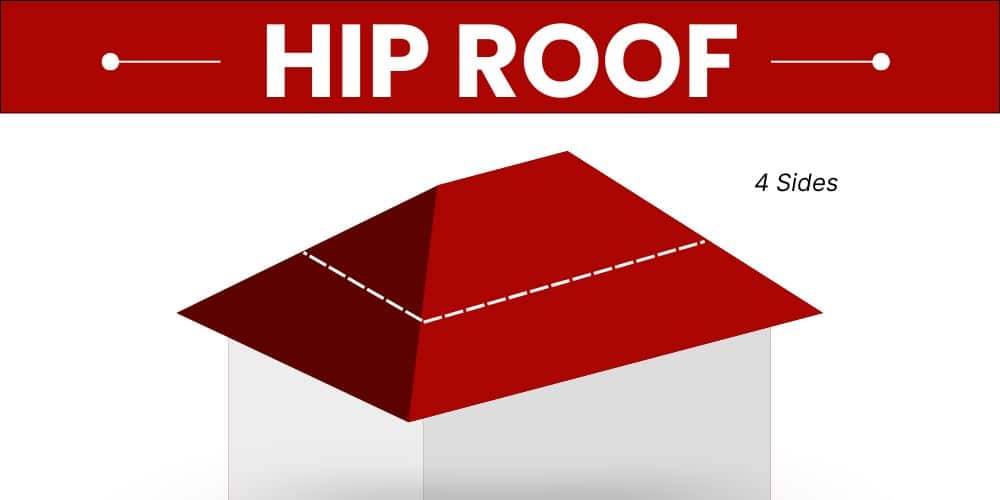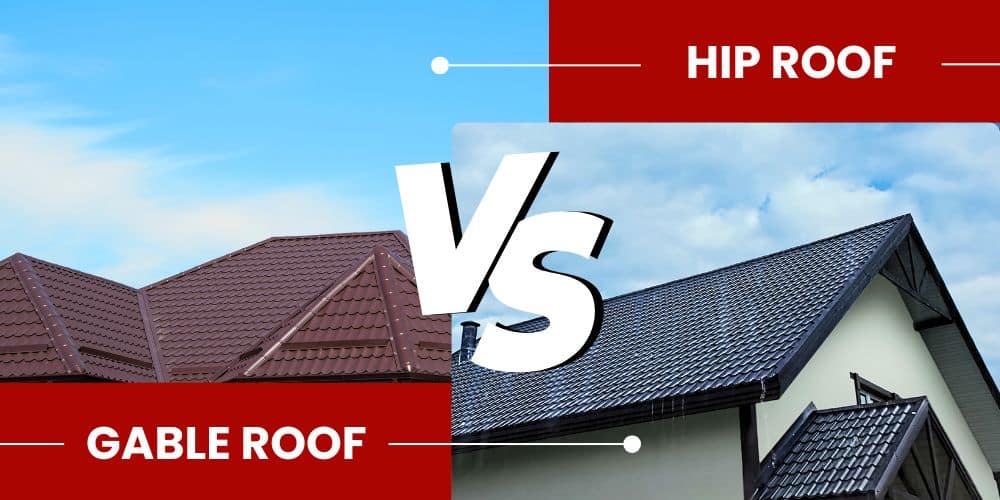The roof over your head says more about your home than you might think. Hip or gable?
It’s not just about looks—it’s about how your house performs in rain, wind, and snow. Many homeowners rush this choice, only to regret it during the first major storm. With building costs at record highs, making the right decision now saves thousands later.
In this guide, we’ll break down hip roof vs gable roof designs to help you make the smartest choice for your home.
What is a Hip Roof?
A hip roof slopes downward on all four sides, meeting at a ridge at the top. It has no vertical ends or flat walls exposed to weather. This design stands strong against high winds and sheds water and snow efficiently. When thinking about hip roof vs gable roof, a hip roof is the sturdier option for stormy areas.
What is a Gable Roof?

A gable roof has two sides that slope and meet at the top, creating triangular shapes at each end. This design keeps rain and snow off your house easily. It gives you more room upstairs and helps fresh air move through. Builders love making them, and you’ll see these roof shapes in homes all around the world.
Hip vs Gable Roof: The Key Differences Explained
Hip and gable roofs are the two most common roof types you’ll spot in neighborhoods everywhere. Let’s explore what sets them apart.
A Quick Overview:
| Feature | Hip Roof | Gable Roof |
| Design and Structure | Slopes on all four sides, smooth and compact shape | Two sloping sides forming a triangle profile, with more attic space |
| Stability and Weather | Excellent against strong winds, rain, and snow | Handles rain and snow well, needs extra support in high winds |
| Space and Ventilation | Less attic space, needs special vents for airflow | More attic space, natural ventilation through gable ends |
| Appearance and Style | Smooth, polished look; suits Colonial, French, and Craftsman styles | Classic house shape; fits Cape Cod, Colonial, and farmhouse stylesInstallation Process |
Think you know it all after reading this table?
Nice try — the real money-saving tips are still waiting for you. Keep reading before you make a rookie mistake!
1. Design and Structure
Hip Roof
When it comes to structure, hip roofs slope down on all four sides, forming a smooth, compact shape without any flat walls. This helps protect your home from the weather while giving it a balanced, polished look.
Gable Roof
Gable roofs, on the other hand, have two sloping sides that meet at a peak, creating that classic triangle profile. Their simpler design means more space inside—perfect if you want a roomy attic or high ceilings.
Buyer Tip
When weighing hip vs gable roof options, pick a hip roof if you live in a stormy area. It offers better protection. But if you’re after extra space and a traditional home look, a gable roof might be your best bet. Always check what styles are common in your neighborhood!
2. Stability and Weather Resistance
Hip Roof
Hip roofs stand up better to strong winds because they have slopes on all sides. Wind can’t push hard against any flat walls. Rain and snow run off easily all around. These roofs work very well in places that get big storms or hurricanes.
Gable Roof
Gable roofs let rain and snow slide off quickly on their steep slopes. But they don’t handle strong winds as well. The triangle ends can catch the wind like a kite. In really bad storms, gable roofs need extra support to stay in place and avoid damage.
Buyer Tip
Think about your local weather when picking a roof. If you get strong winds or storms, a hip roof is safer. If you get lots of snow but not much wind, a gable roof works fine. Make sure your builder adds extra support for gable roofs in windy areas. A roof that matches your weather will last longer.
3. Space and Ventilation
Hip Roof
Hip roofs give you less attic space since all four sides slope downward. This means tighter quarters with angled walls that cut into your headroom. Getting good airflow can be tricky – you’ll need special vents to keep air moving properly.
Gable Roof
Gable roofs offer more room to move around, thanks to their straight walls and higher ceiling. This extra space is perfect for storage, or could even become a bonus room! These roofs breathe better, too, with those triangular ends providing great spots for vents that let air flow naturally.
Buyer Tip
Ask yourself: “What will I do with my attic?” If you need storage or a bonus room, pick a gable. No matter what roof you choose, good airflow is a must – it makes your roof last longer and saves on cooling. Want a hip roof’s strength but need extra space? Add a dormer!
4. Appearance and Style
Hip Roof
Hip roofs look smooth and tidy with slopes on all four sides that meet at the top. This balanced look works great with Colonial, French, and Craftsman homes. The clean design gives houses an upscale, polished feel.
Gable Roof
Gable roofs give you that picture-perfect “house” shape with triangle ends. This classic design adds charm and works wonderfully with Cape Cod, Colonial, and farmhouse styles. The pointed peak stands out and lets you add special touches like fancy woodwork in the gable ends.
Buyer Tip
Your choice between hip vs gable roof designs should also match your home’s style and fit in with your neighborhood. Think about how your roof will look with your siding and yard. Roof color matters too – light colors keep homes cooler in hot areas, while dark colors make your house pop! Need ideas? Take a drive and snap photos of roofs you like!
FAQs
1. Which is better, a hip or gable roof?
There’s no perfect choice for everyone. A hip roof stands up better to storms and looks neat. A gable roof costs less and gives you more storage space upstairs.
2. Is insurance better for a gable roof or a hip roof?
Insurance companies often charge less for homes with hip roofs. Why? They don’t blow off as easily in storms. You might save 5-15% on your insurance with a hip roof in places that get bad weather.
3. What is the biggest advantage of having a hip roof?
The top benefit of a hip roof is how well it handles strong winds and storms. Since it slopes on all sides, wind can’t easily lift it up. This makes it great for areas that get hurricanes or tornadoes.
4. What are three disadvantages of a gable roof?
Gable roofs don’t do as well in strong winds. The triangle ends can get damaged in big storms. They also don’t protect your walls and windows from rain as much as hip roofs do.
Wrapping Up…
Choosing between a hip roof vs gable roof isn’t just about looks—it’s about protection, cost, space, and style. Both roof types work well, just pick the one that will protect your home and look good for a long time.
Need help deciding? Talk to the pros at Stephens Roofing and Remodeling. Our expert roofers can help make your dream home happen.



